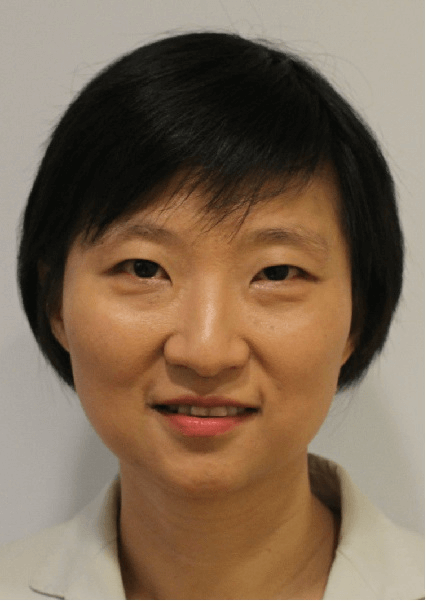Xiaowei Zhuang, a U.S. biophysicist born in Jiangsu, China, in January 1972, has made pioneering contributions to biophysics, particularly in high-resolution optical imaging and single-molecule fluorescence resonance energy transfer.
Her invention of Stochastic Optical Reconstruction Microscopy (STORM) in 2006, offering nanoscale resolution, significantly surpassed traditional optical limits and propelled biomedical research into the molecular imaging era. Zhuang's work, cited over 12,600 times, includes discoveries of cellular structures and mechanisms, such as the periodic structure of the axonal cytoskeleton and the role of telomeric protein TRF2 in telomere loop formation.
Elected to the National Academy of Sciences and the American Academy of Arts and Sciences in 2012 and 2013 respectively, her innovations, like MERFISH for imaging thousands of RNA species in single cells, have deeply influenced biological research globally.




